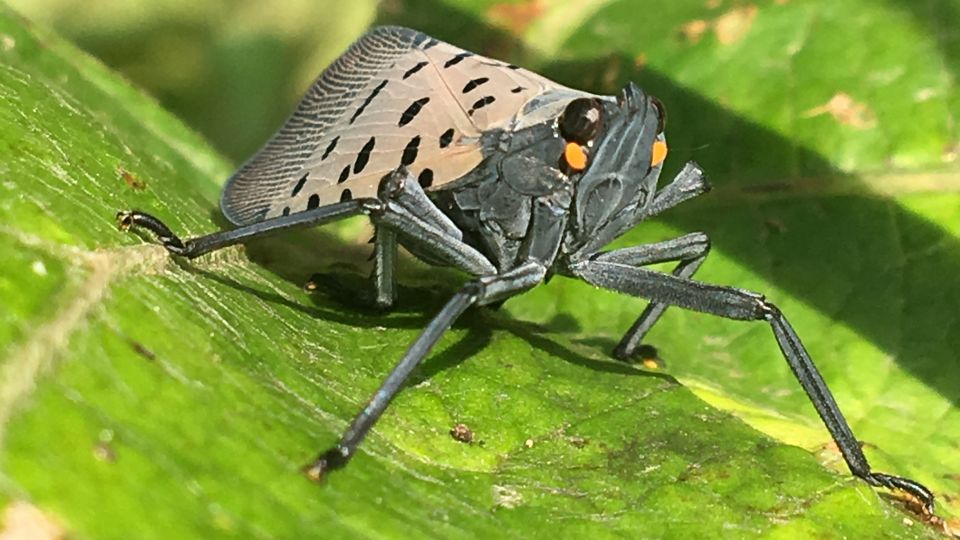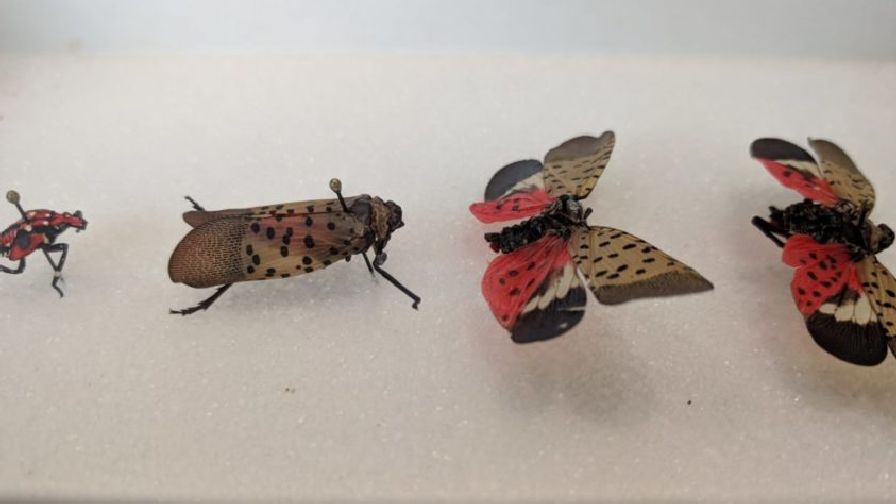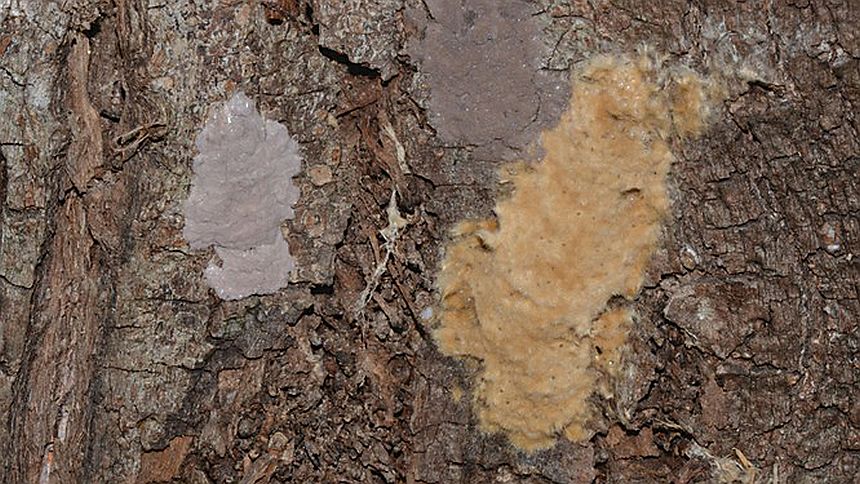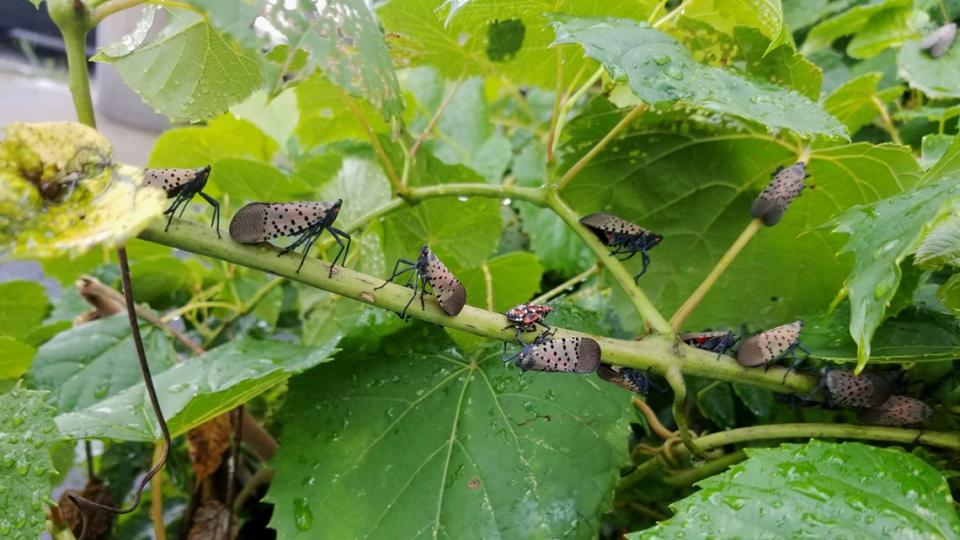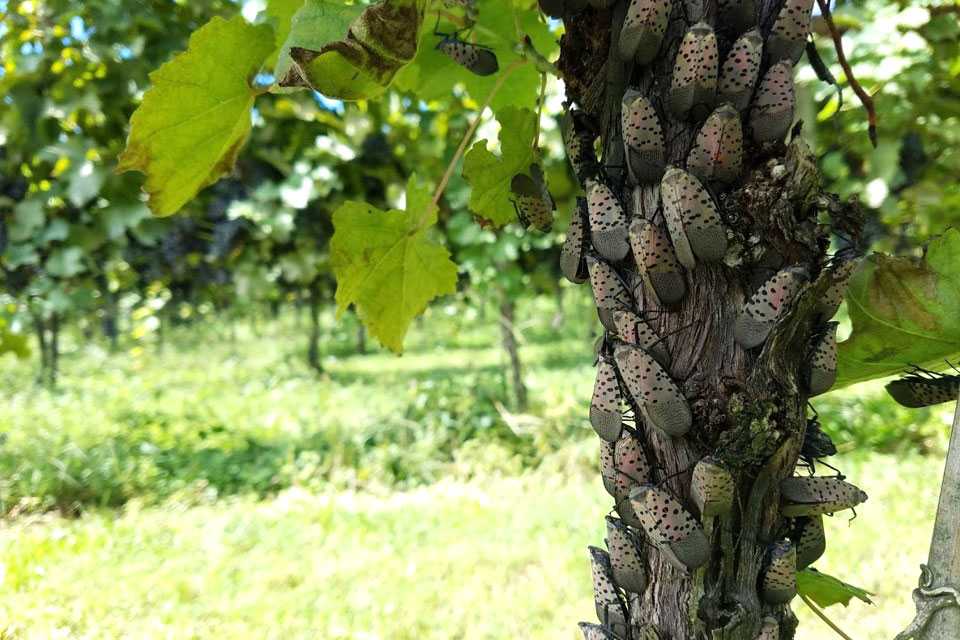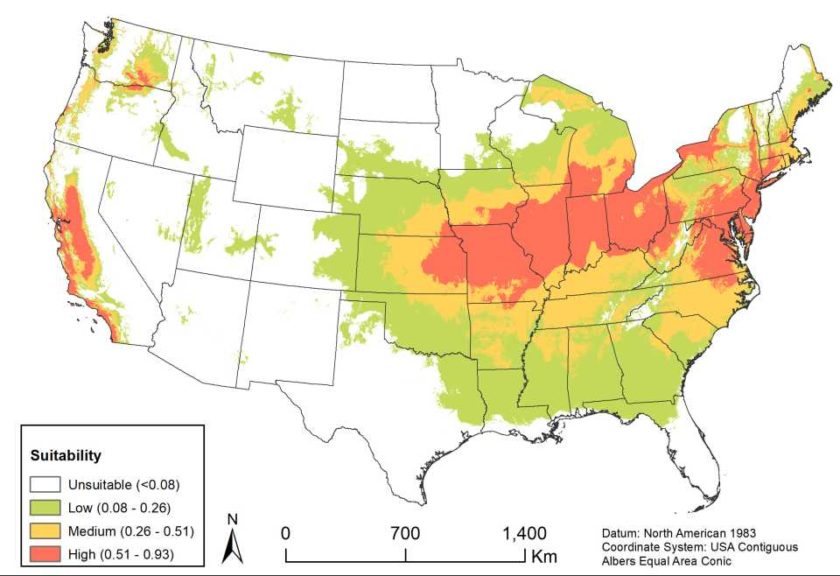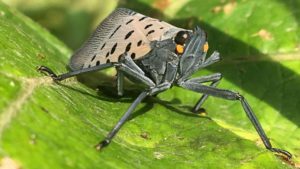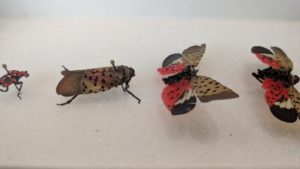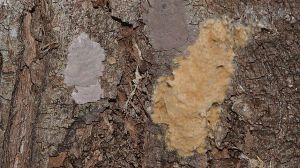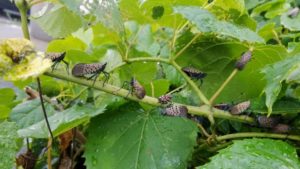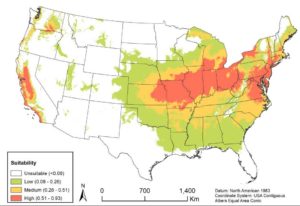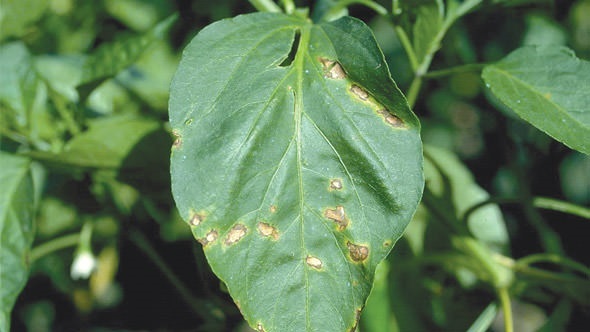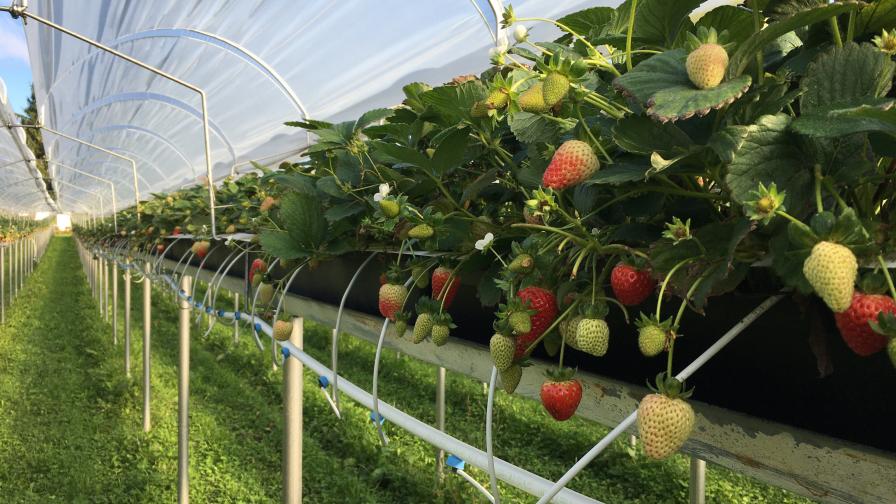Spotted Lanternfly a Growing Foe for Ohio Agriculture
The spotted lanternfly, a non-native invasive insect, captures attention with its stunning appearance — grayish wings adorned with black spots and vibrant red underwings — but beneath this beauty lies a significant threat to agriculture and local ecosystems. Franklin County is among 12 counties in Ohio currently under quarantine as the pest spreads rapidly across the state. Since its identification in 2020 in Ohio, the spotted lanternfly has been reported in 17 states, with monthly sightings exceeding 3,000 according to the Ohio Department of Agriculture. The pest was first detected in Pennsylvania in 2014.
In response to this growing threat, The Ohio State University College of Food, Agricultural, and Environmental Sciences (CFAES) is actively educating the public about the spotted lanternfly and encouraging community engagement in monitoring its spread..
The long-term consequences of the spotted lanternfly infestation could reshape Ohio’s agricultural landscape, especially for crops vital to the state’s economy.
“Grapes could be negatively impacted,” says Ashley Leach, CFAES Entomologist. “The insect is spreading rapidly, and while we currently have tools to manage it, the spotted lanternfly will likely require ongoing adaptation from our agricultural practices to ensure sustainability.”
As Ohio and surrounding states battle the spotted lanternfly, experts emphasize the importance of vigilance.
To aid in this effort, it’s crucial to recognize the signs of the spotted lanternfly, which include the following.
- Adult Appearance: Adults are about 1 inch long, with grayish wings featuring black spots and bright red underwings visible when they rest.
- Nymphs: Young nymphs are small, black with white spots, transitioning to red with black spots as they mature.
- Egg Masses: Laid in late summer to early fall, spotted lanternfly egg masses resemble grey, puttylike blobs and can be found on tree trunks, outdoor furniture, and vehicles.
- Honeydew: The spotted lanternfly excretes a sticky substance known as honeydew, leading to a black sooty mold on surfaces beneath infested plants.
- Plant Damage: Infestation can cause wilting, yellowing leaves, and stressed plants, particularly grapevines, hops, and fruit trees.
- Increased Insect Activity: The honeydew attracts wasps and hornets, leading to increased activity around infested areas.
For more, continue reading at cfaes.osu.edu.




